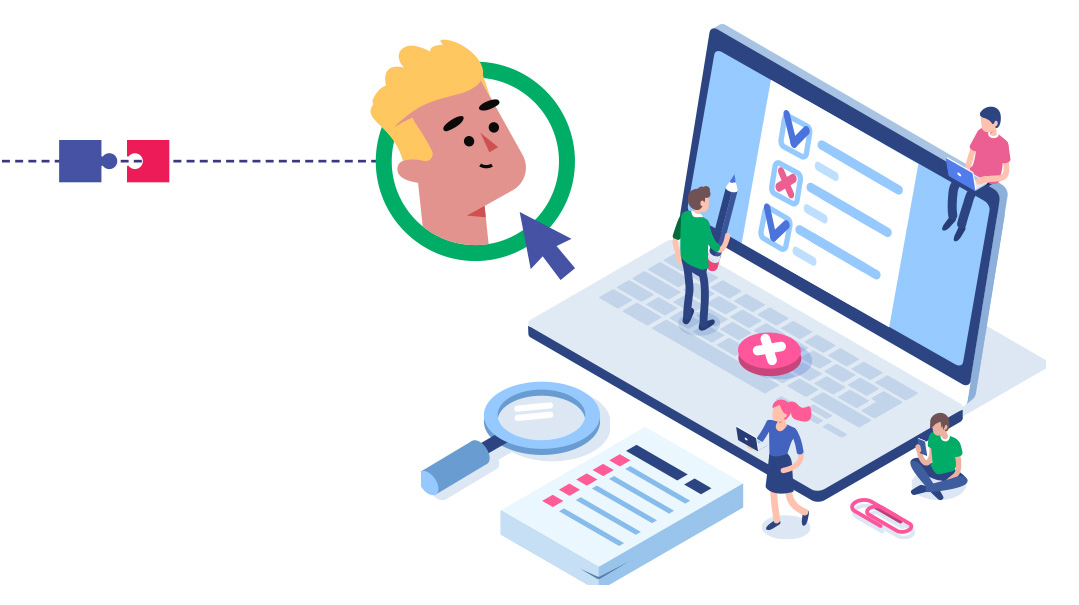Software Savvy Part 9

Now her frustration made perfect sense. I let her continue her rant — I figured she had to get it out of her system

I was at a networking event, and I noticed a woman eyeballing my nametag.
“Listen to me,” she said, striding right up to me. She started talking without even introducing herself. “I see you create and set up software, and I was just wondering, do you also set up software for your clients that will cost them tens of thousands of dollars down the line?”
Whoa. I couldn’t miss the harsh sarcasm when she said “also,” and the bitterness in her voice. I took a deep breath before responding. “It sounds like you’ve had a bad experience.”
“Bad!” Her voice escalated, “Yes, you could call it bad!” She paused. “Honestly, the experience itself wasn’t bad at all. I hired someone, he set up great software for me, I paid him, and now we have a working system. It’s what came after that.”
I waited for her to continue.
“Huge monthly fees.”
Oh. I winced. Now her frustration made perfect sense. I let her continue her rant — I figured she had to get it out of her system.
“The person I hired told me that he’s choosing the best software for me,” she continued, her agitation seeming to ease slightly. “I don’t know if he chose the best software, but he definitely chose the most expensive. The system that I wanted included a few different parts, so he created a system for me using four different ‘off the shelf’ solutions. There’s a hefty monthly fee for each solution, as well as a monthly per-user fee.
“When he set up the software, my company was a team of 15 employees. The company has since grown to 50 employees. Guess what that means? I’m now paying monthly fees for 50 users in this system that includes four platforms! It’s ridiculous! Why should software cost so much?! I thought that I was paying a one-time fee to the software expert who set it up — I didn’t realize what it would cost me down the line.”
Ouch. I could imagine her sticker shock that first month.
“Wow, I hear you,” I said empathically. “These SaaS platforms can cost a lot in the long term, even the cheaper ones. And if you’re paying per user for a large team, the costs add up fast.”
“So,” she challenged me, “Do you do anything differently?”
Besides managing customer expectations and establishing clear communication, there are ways to keep software costs from ballooning.
How to keep the costs of software down
No one wants to blow a ton of money on just sustaining an expensive software solution. The good news is there are a few easy (and some not so easy) ways to keep your expenses down.
Research, research, and more research. When choosing a ready-made software solution, you need to find something that can do all the things that you require. Generally, there are many software solutions for any task or need. Each platform will be slightly different from the next, including or excluding certain features or integration. Spending an extra couple of hours looking for different (read cheaper) options will save you a lot of money down the line.
Find an all-in-one solution. Avoid unitasking platforms if you can. Some companies (such as Zoho) offer multifunctional software, and one subscription can cover many tasks. This eliminates the need for multiple platforms and greatly lowers the cost.
Coupons for SaaS platforms. Just like you’ll search for a coupon code before purchasing from online stores, some software platforms also have coupons — for example, ClickUp. Before subscribing to a platform, google “coupons for _____ platform” and see what you can find.
Pay up-front yearly instead of monthly. Most platforms offer a discount ranging from 10 to 20 percent if you pay up-front for the year. Obviously, though, this is only worth doing if you’re ready to commit to the software.
Reach out to the company’s sales team. If you have a large enough team and you need a lot of users (generally more than 50), the sales team may offer you a deal.
Find out how much it would cost to create a custom (or no-code) solution. As we previously discussed, the price of creating a custom solution is generally much more expensive than setting up an off-the-shelf solution. However, the monthly cost of using it is way lower. Sometimes, if you have a very large number of users and the cost per user is significant, it may be worth paying a one-time larger fee to create a custom solution, and then not need to pay per month later.
The woman’s glare had softened. “Practically, if I would start the process of setting up new software again, what can I do differently so this doesn’t happen again?”
I felt myself relax too; I could tell that she hadn’t only come over to complain — she wanted to learn. I told her what I start any consultation with:
“You need to start by knowing what you need.”
First, Second, and Third in Narrowing Down Software
First off, make an extensive list of what you need and what you want. Clarify which features are the core ones that you can’t do without, and which features are nice extras. Once you have that list, you’re ready to start research and testing.
Next, make a list of all the platforms that fit in the category you’re looking for. For example, if you need a project management solution, spend time googling all the software in that category. Note how much each of them costs and what kind of plans they have for multiple users. Once you know what platforms exist in the category you need, it’s time to start testing.
Lastly, we come to the testing stage. Testing the platforms is grueling work, but vital for long-term success. Select a platform (I suggest starting with the cheapest one) and subscribe (most offer a free trial). Then start testing out the different features to see if the platform can do all the things on your list of necessary features. Once you find a platform that can do everything you need it to, and the price is right, you’ve found the right solution.
It’s not always that simple. If you need something very complex, then finding a platform or multiple platforms will take many more hours of research and testing. It may also be worth checking the price of going custom. This is usually a good time to bring in a software expert.
The woman (I still never got her name) smiled. “I have one more question: Why didn’t the guy who I went to originally do all that?”
Liora Waxman is the Director of Content Strategy at TidyStack, a company that creates and sets up software/automations for businesses to perfectly fit their needs.
(Originally featured in Mishpacha, Issue 977)
Oops! We could not locate your form.







